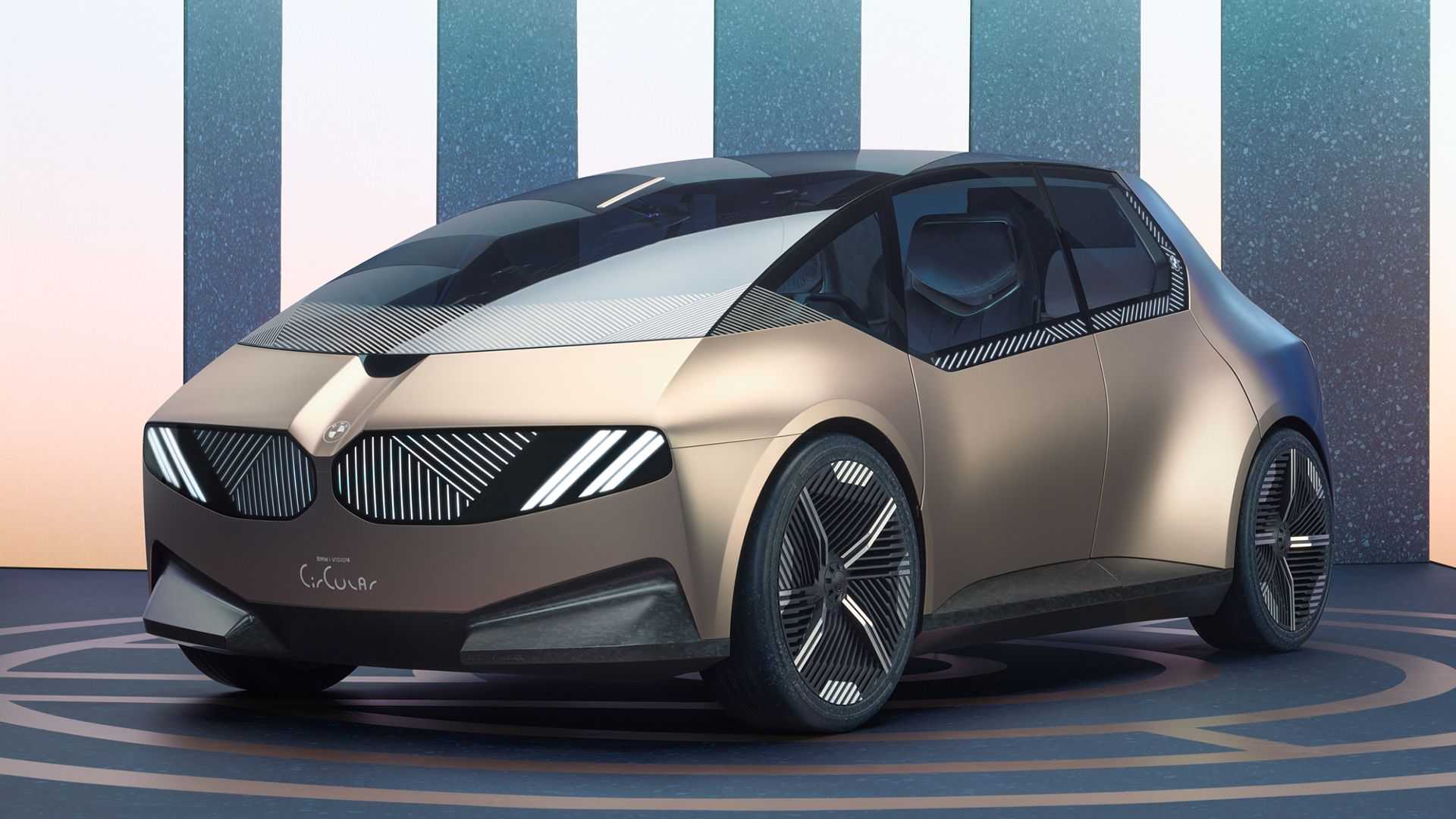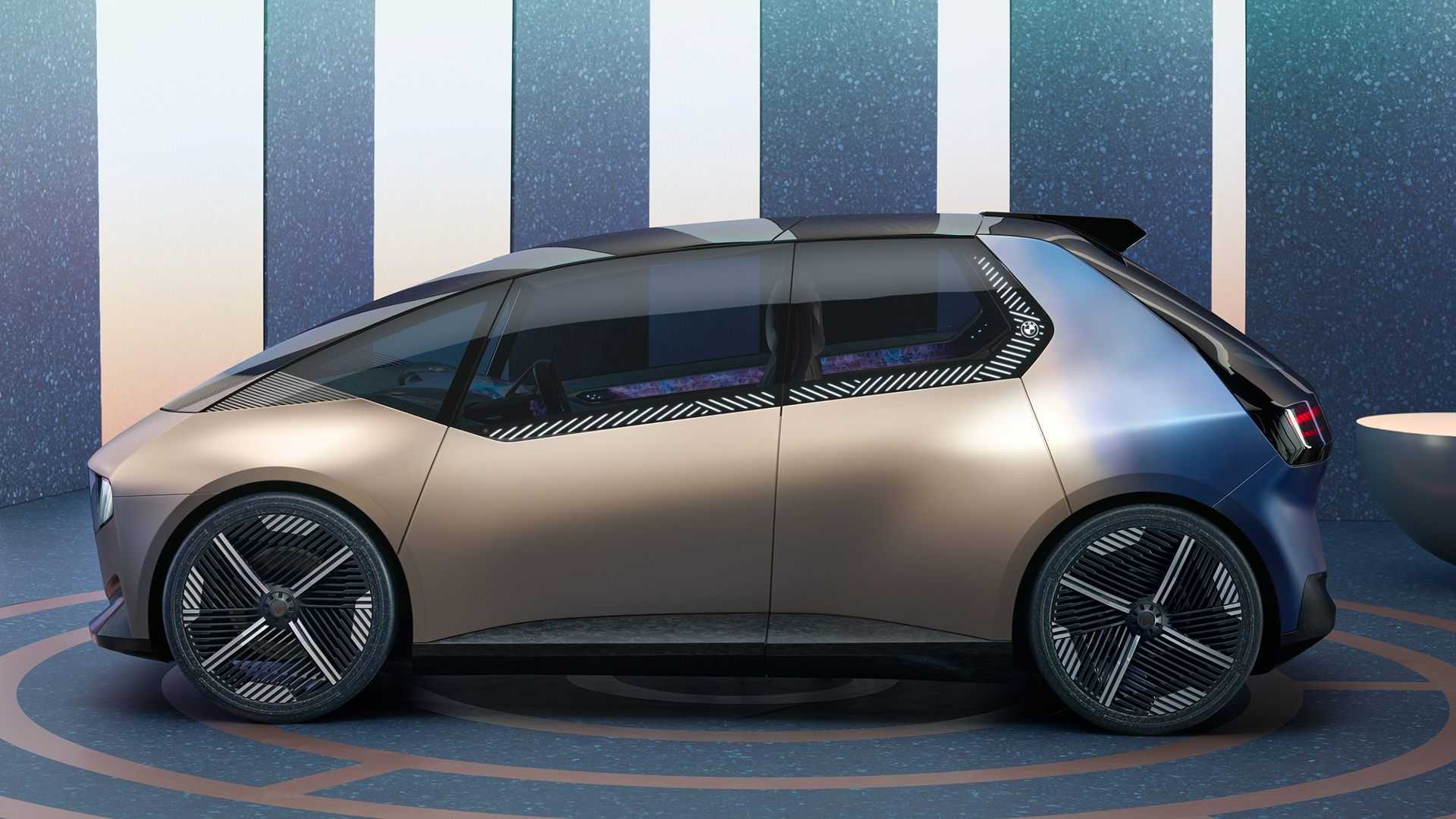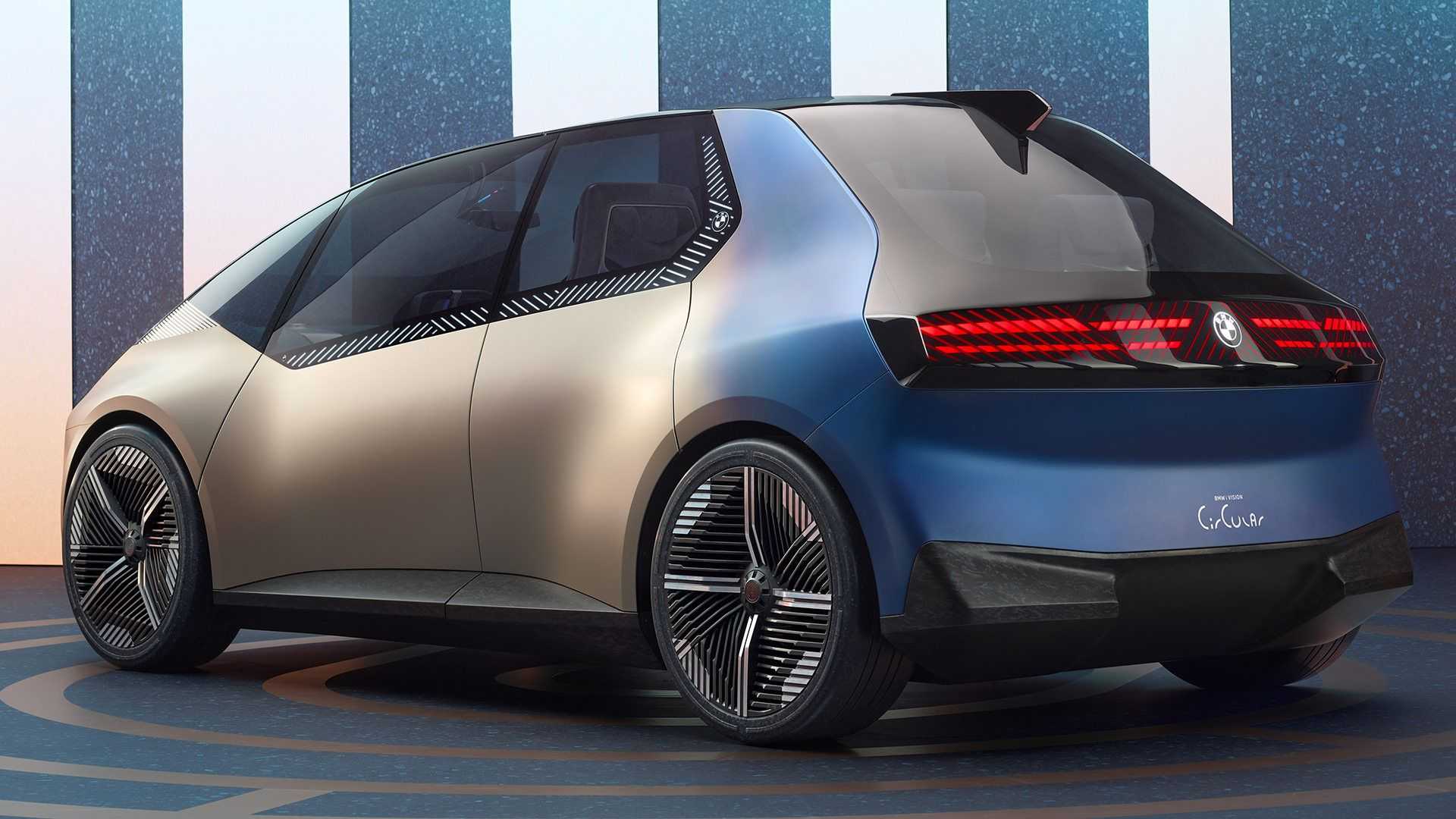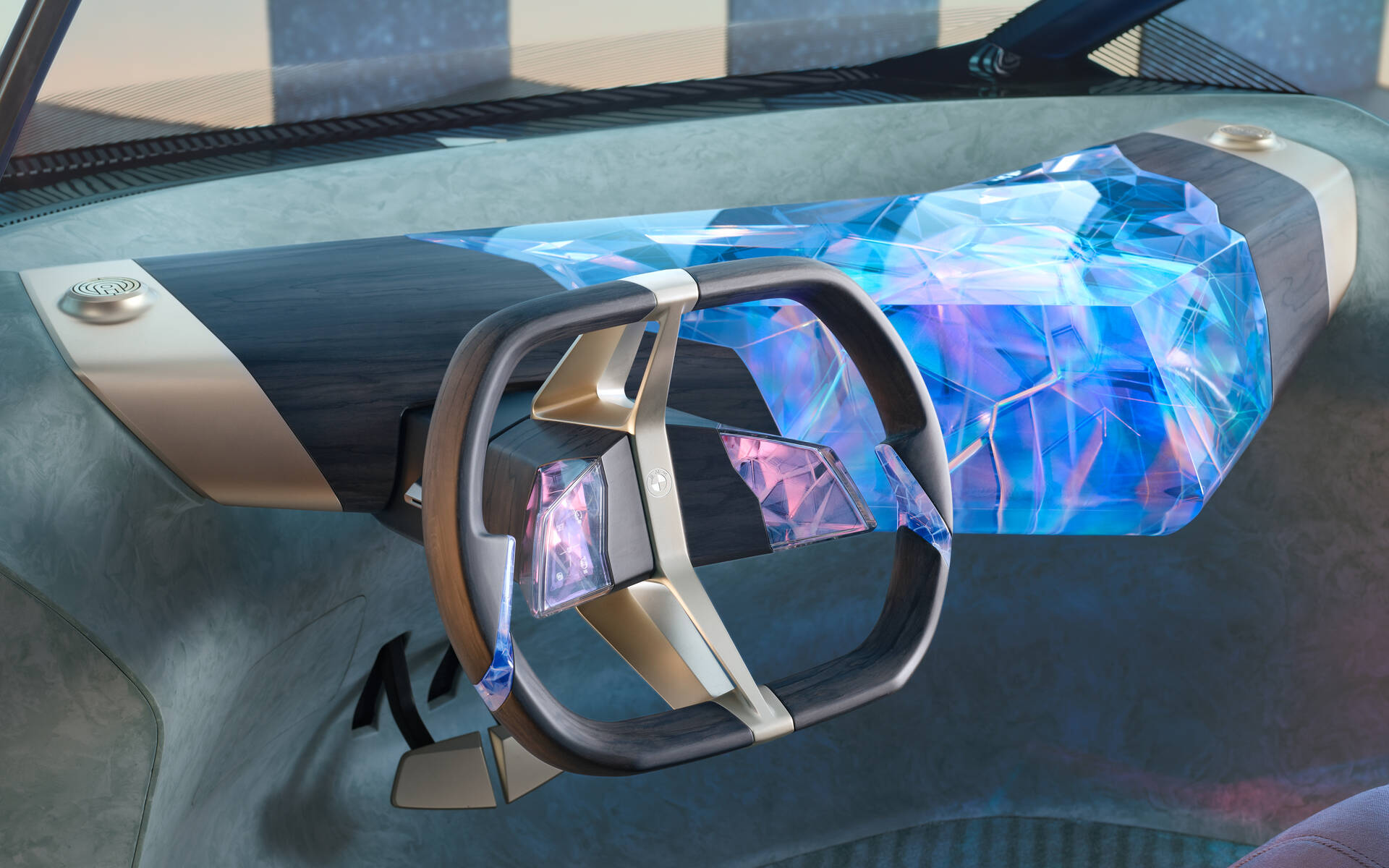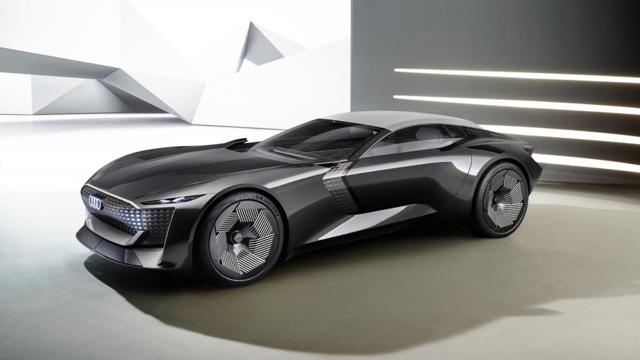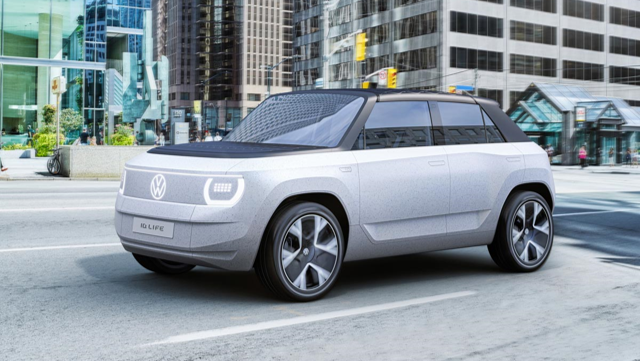Circular design – a new approach.
“We gave thorough consideration to circularity from the outset during the design process for the BMW i Vision Circular. As a result, this Vision Vehicle is packed with innovative ideas for combining sustainability with a new, inspirational aesthetic – we call this approach ‘circular design’,” explains Adrian van Hooydonk, Head of BMW Group Design. Circular design embraces the four principles of RE:THINK, RE:DUCE, RE:USE and RE:CYCLE.
“BMW has always known how to resolve apparent contradictions in its products,” explains Domagoj Dukec, Head of BMW Design. “With the BMW i Vision Circular, we have set ourselves the challenge of designing a 100% circular vehicle, while at the same time meeting – and in some respects exceeding – our customers’ self-evident expectations when it comes to lifestyle and luxury.”
Re-interpreting classical icons – the front end.
The puristic front end clearly conveys the aesthetic power of circular design. In keeping with the principles of “RE:THINK” and “RE:USE”, the number of parts here has been reduced to the max. Instead of having a chrome surround with bars, the kidney grille has been newly interpreted as a digital surface. The kidney surfaces extend across the entire width of the front end, merging the headlights and grille into an unmistakable “double-icon” that will continue to be a clear BMW identifier. At the same time, the kidney surfaces are turned into a graphic interface. In the future, digital design could make geometric variations in lights and bumpers redundant, helping to reduce the quantity of materials and tools required.
A discreet line graphic on the kidney surfaces constitutes the sole decorative element in the front end. Using a process of intelligent surface refinement, it brings a new and artistic twist to the familiar parallel kidney bar look. This line graphic forms a recurring theme that is also found in the windows, the rear end, the roof, wheels and floor coverings. The BMW i Vision Circular has no other additive trim elements or badging of the sort currently used to signify quality. The brand logo on the front end is engraved and the vehicle badge is laser-etched to avoid using extra add-on parts.
The surfaces below the windscreen are made from secondary aluminium. An additional sensor cluster between the two kidney elements groups together technological features, enabling simple disassembly within a single removable element. The bumper area further down is manufactured from recycled plastic with a sophisticated marbled surface.
A new silhouette for BMW – the side view.
The circular design approach exudes puristic clarity when viewing the car in profile too. The BMW i Vision Circular has a clear mono-volume design made up of just a small number of parts, with the array of different materials used reduced to a minimum. The design language here is clear and accessible. The proportions, meanwhile, take BMW in a new direction. The vehicle extends in an unbroken volume from the front to rear axle, offering a generous breadth of interior usability within a small footprint. Even at a standstill, the rising roofline and a cowl panel pushed well forward give the compact silhouette the appearance of surging dynamically down the road. The wheels form almost the outer limits of the vehicle, combining with the prominently flared wheel arches to produce a hunkered-down, sporty stance. Together with its electrified architecture, the Vision Vehicle offers a luxury-class interior on a small car footprint.
The large-surfaced, flush-glazed passenger compartment lends a sense of modernity and lightness to the flanks. Instead of using a chrome trim strip as a surround for the window graphic, there is a slim digital surface extending like a ribbon around the Hofmeister kink. This is not only a stylistic element, but also a display and control/operation surface. It can be used to show information about the vehicle status and guide users to the door opener using light as they approach the car. When the door opener is touched, the two portal doors open in opposite directions, making it easy for the driver and passengers to climb aboard and opening up the generously sized interior.
Refined surfaces rather than paintwork.
The BMW i Vision Circular deliberately avoids the use of paint for the exterior, and instead features a main body made from secondary aluminium with a light-gold anodised finish. The calmer feel of this Anodized Mystic Bronze shade contrasts with the more “animated” and richly coloured surface at the rear made from heat-treated steel. The heat treatment process creates the colour Temper Blue Steel, an alluring interplay of bluish purple surfaces whose cloud-like aspect would lend a highly individual touch to any vehicle. The refinement processes employed for the individual surfaces give them significant visual impact, while preserving the raw materiality of the two metals for optimal reusability. This shows how it will be possible to refine surfaces using innovative processes in future without the need for paint finishes.

